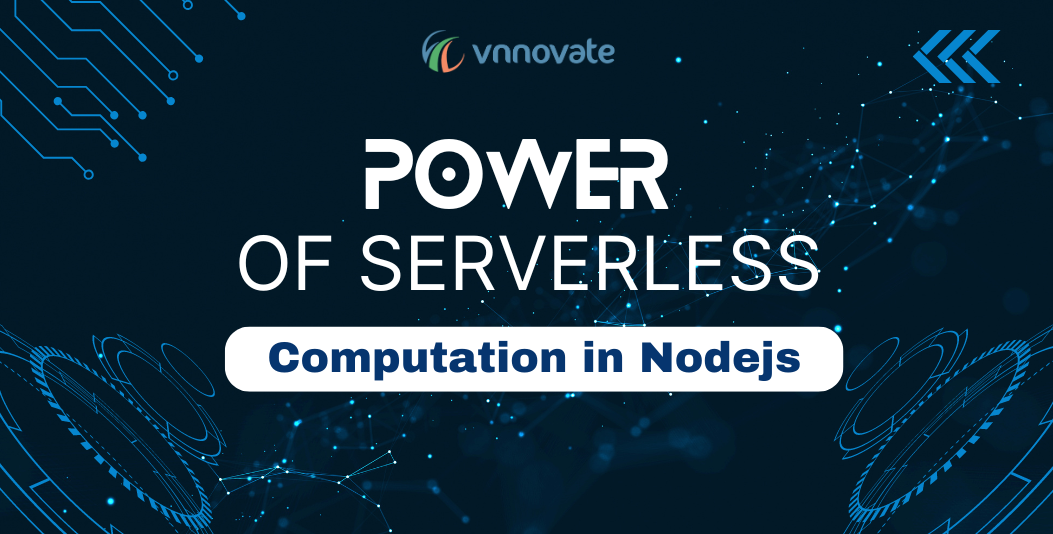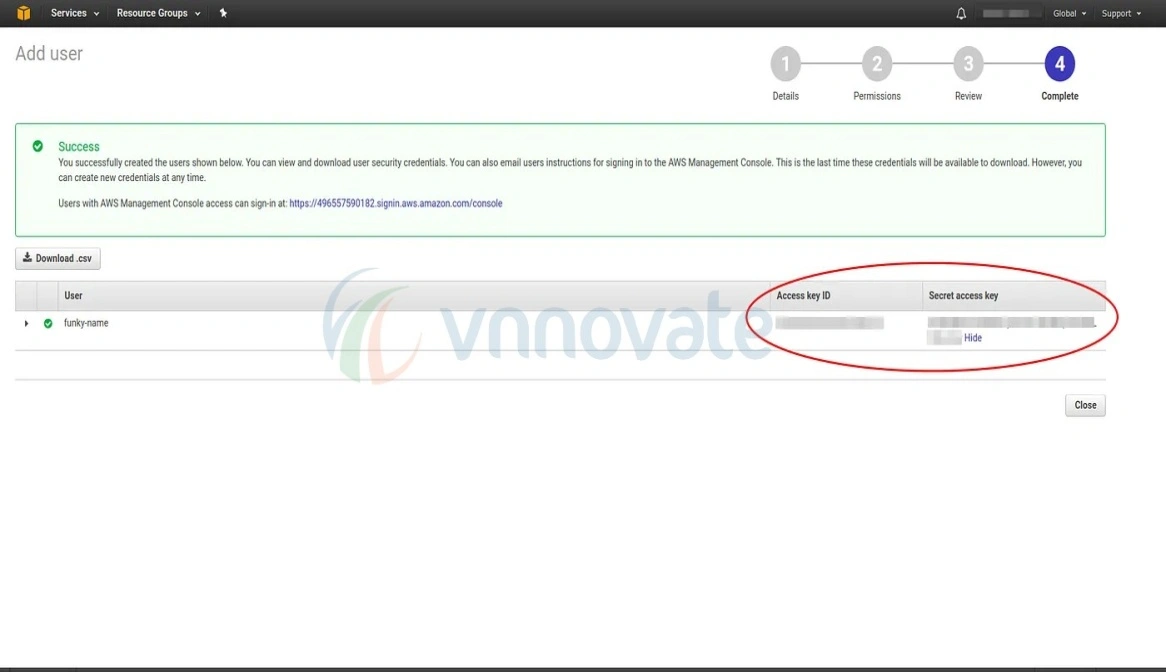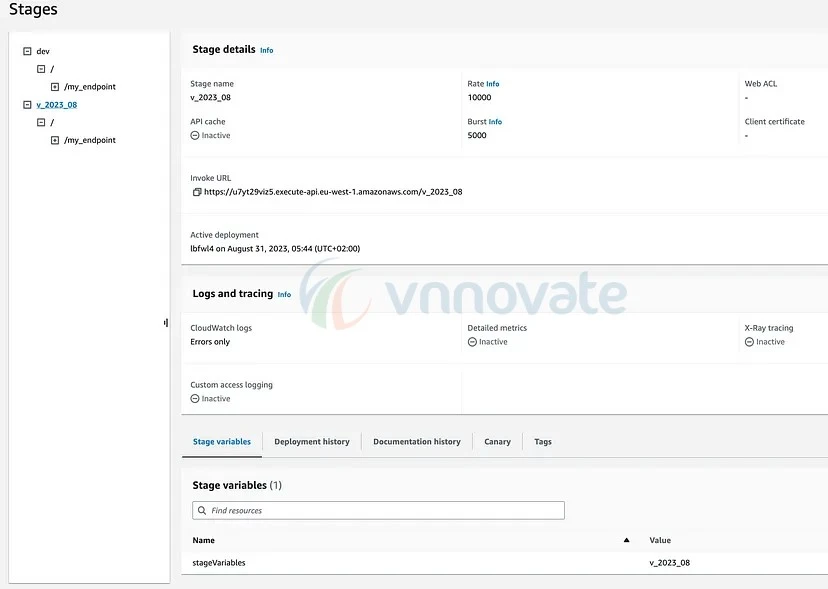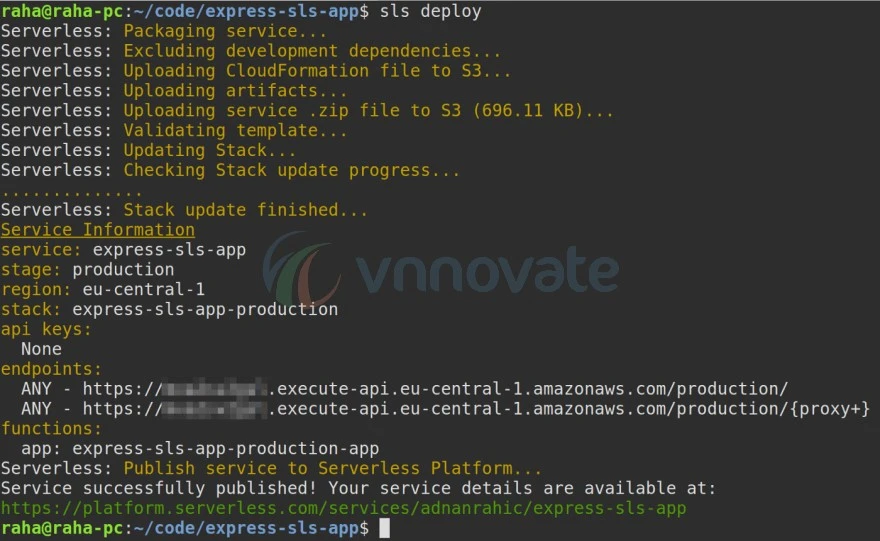
Blog
-
27 March 2023
Power of Node.js Serverless Computation
What is Serverless Architecture?
With serverless architecture, developers don't have to worry about infrastructure management and can instead concentrate on building code. By "events," we mean the creation of functions in the Node.js framework that can react to things like HTTP requests, database updates, and file uploads. These functions are run in a temporary and stateless context on serverless systems.
Advantages of Node.js Serverless Computing:
1. Scalability: Node.js functions can manage any workload without the need for user intervention since serverless systems dynamically scale resources in response to demand.
2. Cost-effectiveness: Serverless computing reduces operating expenses by only charging for the resources used while a function is running. This eliminates the need to maintain idle servers.
3. Faster Time to Market: Serverless architecture facilitates short development and deployment cycles, enabling teams to refine concepts and release features more rapidly by abstracting away infrastructure administration.
4.High Availability: Your Node.js functions will be highly available and robust to failures thanks to serverless platforms' inherent redundancy and fault tolerance.
5. Simplified Operations: By giving the cloud provider control over infrastructure administration, serverless computing frees up developers to concentrate on creating and refining application logic.
6. Easy to Use: Working with serverless is always made simple by the built-in libraries that are compatible with Node.js Example: Set up the AWS server. Set up DynamoDB, S3 buckets, etc.
Guidelines for Creating Node.js Serverless Applications:
1.Cold Start Latency: Due to platform setup, there may be delay experienced on the first cold start of a serverless function. Even if there have been advancements, latency-sensitive apps still take it into account.
2.Vendor Lock-in: Because every serverless platform provider has their own unique set of capabilities and restrictions, adopting one could lead to vendor lock-in. The consequences of vendor lock-in in the long run should be carefully considered by developers.
3.Limited Execution Environment: Designing and implementing Node.js functions may be affected by the limitations imposed by serverless environments on execution duration, memory, and accessible runtime environments.
4.Cost Effect: When dealing with serverless, it's important to keep in mind the paying aspect. When it comes to AWS services, there are no user-imposed billing limitations. High server instances, which consume more memory, have a greater impact on costs.
Best Practices to Develop Serverless Application in Nodejs:
1.Optimize Function Size: Keep your Node as small as possible. Performance and decrease cold start latency using js functions. To maintain lightweight functions, use strategies such as code splitting and relying on external resources.
2.Handle Dependencies Carefully: The effect of dependencies on the size and efficiency of functions should be carefully considered. Think about minimizing dependencies or switching to lighter alternatives for serverless systems.
3.Leverage Asynchronous Patterns: DIn order to get the most of Node.js's parallelism and resources, you should use asynchronous programming paradigms. For effective handling of asynchronous activities, use techniques like as async/await and promises.
4.Implement Error Handling: Make sure your Node.js functions can recover from mistakes and manage failures gracefully by designing strong error handling techniques. Make use of the error handling and retry functionality that serverless platforms provide.
5.Monitor and Debug: Get to know your serverless apps' inner workings and performance with the help of logging and monitoring tools. Use third-party monitoring services, AWS CloudWatch, and Google Cloud Monitoring to keep tabs on metrics, logs, and issues.
6.Security Considerations: Secure your serverless operations and sensitive data by following best practices for security. Secure data storage and transmission by implementing appropriate authentication, authorization, and encryption procedures.
7.Encryption Data: When dealing with sensitive information, such as a user's password or other credentials, encryption should always be used. Use an encryption tool like Bcrypt or one of the many available third-party libraries. Decrypting the data again using a library like Bcrypt is not possible.
Setup And Steps to Build Serverless Application in Nodejs:
1. Setup Nodejs application.
2. Install serverless globally in your system.

3. Go through IAM user role Aws console where you get IAM keys to configure your aws account to serverless Nodejs.

4. AWS configuration: Your first step always configures your aws account with your NodeJS project. Install AWS-SDK Library to configure your account with your Nodejs Application. After configuration check that your account is configure or not.
Command to configure aws account with serverless: ‘serverless config credentials --provider aws --key xxxxxxxxxxxxxx --secret xxxxxxxxxxxxxx’
5. After the configuration there will be a serverless.yml file generated by aws-sdk. All the configurations are present in that file Like S3 bucket, Lambda Function, DynamoDB, User’s IAM role, Location and many more services of aws.
6. Create a new directory to house your Serverless application services. Fire up a terminal in there. Now you’re ready to create a new service. What’s a service you ask? View it like a project. But not really. It's where you define AWS Lambda Functions, the events that trigger them and any AWS infrastructure resources they require, all in a file called serverless.yml.
7. There will be a handler function present in serverless.yml file. This function is not but just your Lambda function. All the function that are you writing in your application is deployed to your Aws Lambda Function which you created.

8. API Gateway: Not only one way to deploy your Function, but You can also write just simple Api with get route. Then go to Aws Api Gateway to register your Api function that you write in NodeJS application. Make sure your Api path is same in both side in Api gateway and in your NodeJS application.
1. Register your Api route function in Api Gateway
2. Assign your Lambda function to registered Api Gateway
3. Go to Stages section where you get the URL of that Api.

9. .Deploying to Aws: deploying your application to aws is quite easy
1. Run ‘serverless deploy’ command to deploy your whole project on aws
